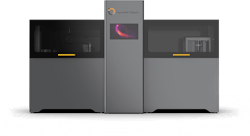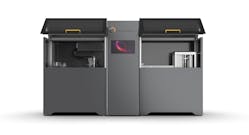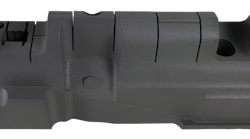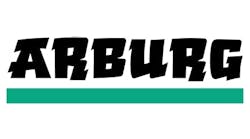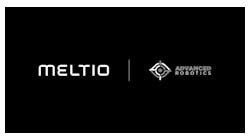CBAM-2 Impossible Objects’ newest printer can be used for prototyping, as well as high-volume production. To begin the printing process, an inkjet print head deposits a wetting agent onto a long-fiber sheet of carbon or fiberglass in the image of a surface layer of the object to be printed. The machine then lays down a layer of high-performance polymer, such as PEEK, which adheres to the fluid. The process is repeated, layer by layer, sheet upon sheet, until the part takes on the desired shape. The technology includes automated stacking of sheets onto a tooling plate, where they are heated and compressed. Once that’s done, the part is removed from the sheet.
What’s new? The printer, which Impossible Objects exhibited at Rapid + TCT in Detroit. Initially, versions of the printer were available only to Ford Motor Co. and the U.S. Air Force.
Benefits The production of composite parts that are stronger, lighter and more durable, and exhibit better high-temperature performance than those made using additive extrusion and powder-bed build processes. The printer also is faster than conventional 3-D printing processes and can make parts from materials that cannot be printed any other way.
Impossible Objects, Northbrook, Ill., 847-400-9582, www.impossible-objects.com
Vital Statistics
| Resolution of print head | 600 dots per inch |
| Maximum sheet size | 12 inches by 12 inches |
